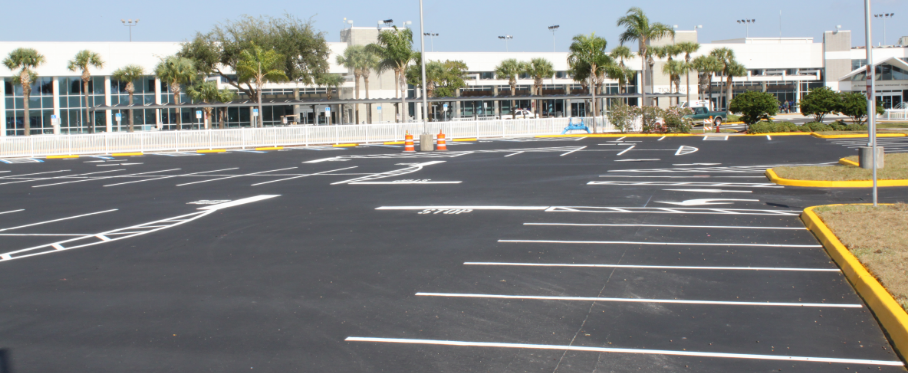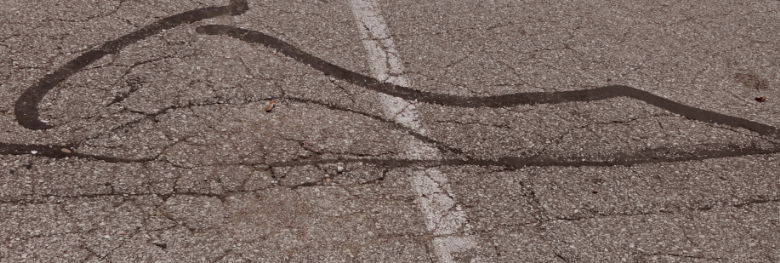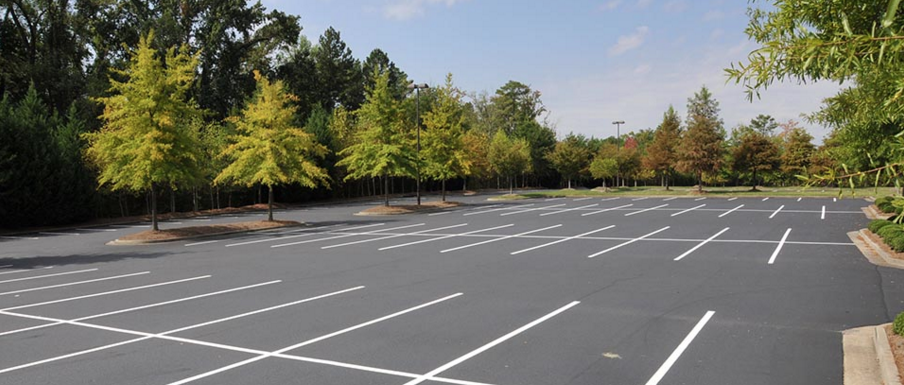There are two main choices when paving is required – concrete, and asphalt. At one point, it was concrete that was the preferred choice, as it was used for the majority of projects including roads and parking lots. Times, however, have changed. Today, it is asphalt that is the leader in the business, for a variety of reasons. If you are looking at an upcoming paving project and you need to decide between these choices, it is important to understand the pros and cons of the two surfaces.
What’s the Difference?
First of all, you should understand what the difference is between asphalt and concrete. As you may already know, concrete is a mix of aggregate, cement, and water. The aggregate that is used is typically a blend of crushed rock and sand. While asphalt is also based on an aggregate material, it uses something called bitumen to bind it all together. This is a substance made from crude oil, so asphalt is a petroleum-based product.
Flexibility is Key
Asphalt, obviously, is hard enough to withstand the forces of cars driving and parking on top of it all day long. However, along with that hardness comes a degree of flexibility, so the asphalt is able to adjust to any imperfections that may exist under the surface. That is not the case with concrete. If concrete is poured on top of a surface that is somewhat less than perfect, there may be cracking and other problems that soon develop. Ultimately, it is the flexibility that asphalt provides which has been largely responsible for its popularity.
Speed Benefits
Compared to concrete, asphalt installation is a quick process. Since speed typically equates to cost savings in the construction world, you can expect to spend less overall on an asphalt installation than you would with a concrete job. Also, should there be a need for repairs down the road, asphalt is going to present you with a less-expensive and less-time consuming task. In fact, if the job in question is a residential project such as a driveway, you may be able to repair small cracks yourself without having to call in a professional.
Reuse the Product
If asphalt should need to be taken up for any reason, the material can actually be recycled and used again. Obviously, that is not true of concrete. There is almost always a demand for old asphalt that can be used in recycling, so getting rid of this material once it is no longer being used is typically quick and easy.
Avoid a Total Redo
When a concrete surface like a driveway begins to show significant cracking and other damage, it may reach a point where it can no longer be saved and the entire project has to be started from scratch. That means taking up the old concrete slab, disposing of all of the waste, and then starting again. This will not be the case if you have an asphalt surface to fix. Even if you have gone through the crack filling process, a layer of new pavement can be laid right on top of the old, and the whole slab can be steamrolled to bring it all together. The result will be a strong surface that was put into place with far less effort than an equivalent concrete replacement.
In the end, it is hard to find many advantages to choosing concrete over asphalt. When looking at asphalt, you will see that it is more affordable, easier to install, easier to repair, recyclable, and more. Whether the task at hand is a small residential job or a major commercial project, asphalt is almost always going to be your best bet.


 When brand new, an asphalt parking lot looks great. A clean, clearly marked parking lot is a great way to welcome people to your business, as those who are arriving for the first time will be given a positive impression of your company. However, as time goes by, that great looking asphalt parking lot can become marred by cracks, puddles, or just good old fashioned wear and tear.
When brand new, an asphalt parking lot looks great. A clean, clearly marked parking lot is a great way to welcome people to your business, as those who are arriving for the first time will be given a positive impression of your company. However, as time goes by, that great looking asphalt parking lot can become marred by cracks, puddles, or just good old fashioned wear and tear. 
